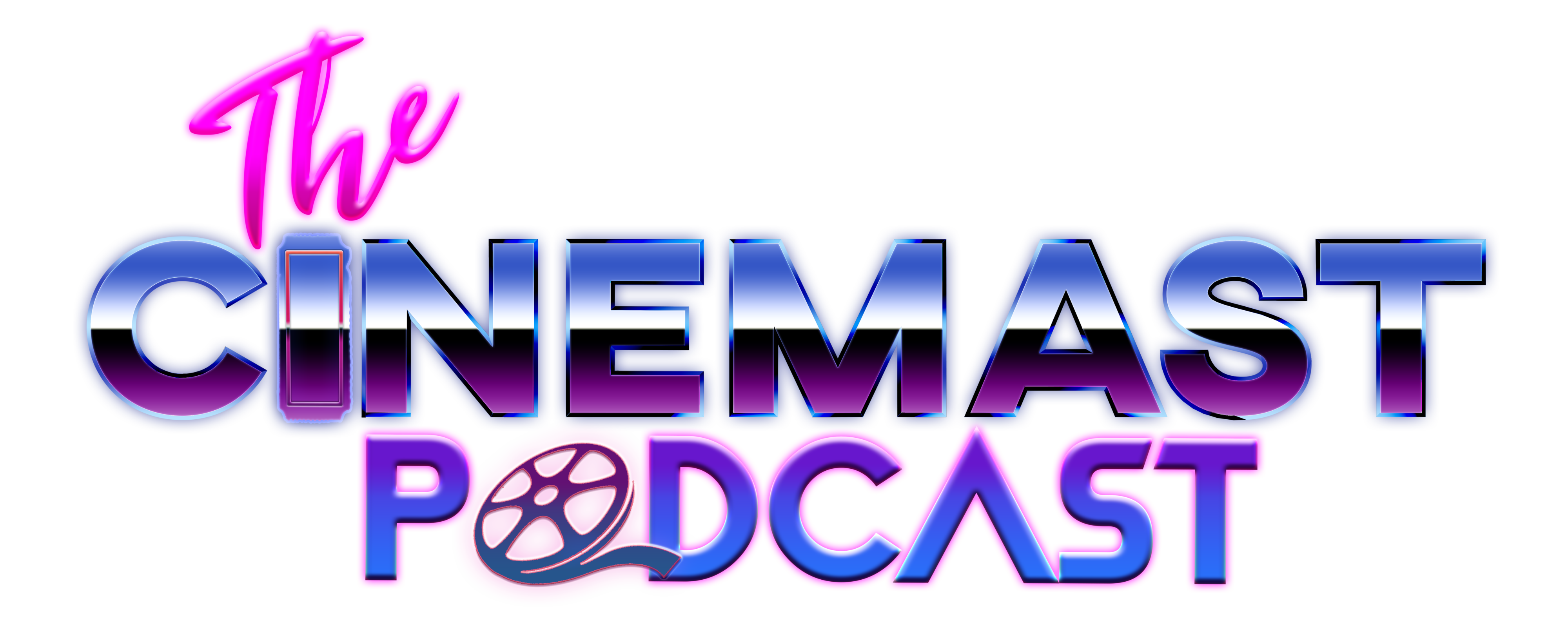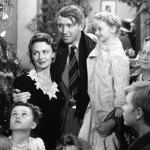For a kid growing up in the 90s, with new content as well as reruns and final seasons of some of the best children’s content that the 80s had to offer, few animated features that I saw back then still impact me to this day the way that Brad Bird’s The Iron Giant does. Today, as The Iron Giant, one of the best animated features of the 1990s and perhaps one of the best animated features ever, celebrates 20 years since its release in August 1999, I’d like to take a look back and talk about what makes The Iron Giant so great.
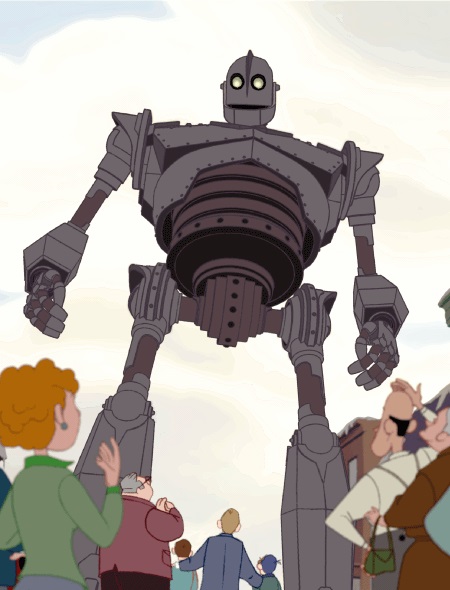
The Iron Giant is a beautifully animated film under the direction of Brad Bird, who later went on to direct The Incredibles, The Incredibles 2 and Mission Impossible: Ghost Protocol. The movie benefits from an outpouring of heart largely brought to the film by its excellent direction, downright fantastic score from Michael Kamen and a great cast of voice actors including Jennifer Aniston, Harry Connick, Jr. Christopher McDonald, Eli Marienthal, and of course, Vin Diesel, as the Iron Giant himself.
The Iron Giant is the story of Hogarth Hughes, a young boy from Rockwell, Maine, with a penchant for bringing home wild “pets”. One night, as Hogarth is investigating a power outage at his house, he stumbles upon the largest pet of all–a 40-foot tall robot with an appetite for metal. Hogarth, excited with his new “pet” attempts to teach the Giant all about how things on Earth work. He teaches him the difference between a rock and a tree, what “wigging out” means and that he can’t simply follow Hogarth home.
This scene is largely reminiscent of the scene from E.T.: The Extra-Terrestrial where Elliot is teaching E.T. about Star Wars, peanuts and Coca-Cola. Both films are some of my favorites, and both films are beautiful coming-of-age films where the young protagonist grows as he teaches an otherworldly being about what it means to be human. The Giant, much like E.T., connects with his human friend and leaves him a better person for their time together.
The Iron Giant, like most great animated features, has some excellent comedic moments, particularly the prayer scene where Hogarth’s mother (Aniston) asks him to say “grace” over dinner, but he keeps getting distracted by the Giant’s dismembered hand in the kitchen:
The seeds of the film’s main theme and its main sticking power are planted in a scene about 30 minutes into The Iron Giant. After managing to hide the Giant from his mother and government agent, Kent Mansley (McDonald), Hogarth decides to read the Giant “a bedtime story”. He pulls out some comic books and starts to tell him about Superman, drawing parallels between their stories: crashed to Earth from outer space, didn’t know what he was doing, but used his super strength for good, never for evil.
But the Giant notices another comic book, too–Atomo, the Metal Menace. The Giant recognizes himself in Atomo. They both look similar, massive hulking metallic monsters with lasers coming out of their eyes, but Hogarth re-emphasizes that Atomo is the bad guy and that The Giant is the good guy, like Superman.
At the end of the film, as the Government finds the Giant and attacks him, his defense mechanisms engage, and in the place of the friendly-looking metal man is a massive, walking, mechanism of death, spewing laser beams and vaporizing whole tanks. He has become Atomo. It’s only when Hogarth runs up to him and tells him that he doesn’t have to be what he was programmed to be, that the Giant is subdued and he returns to himself once again.
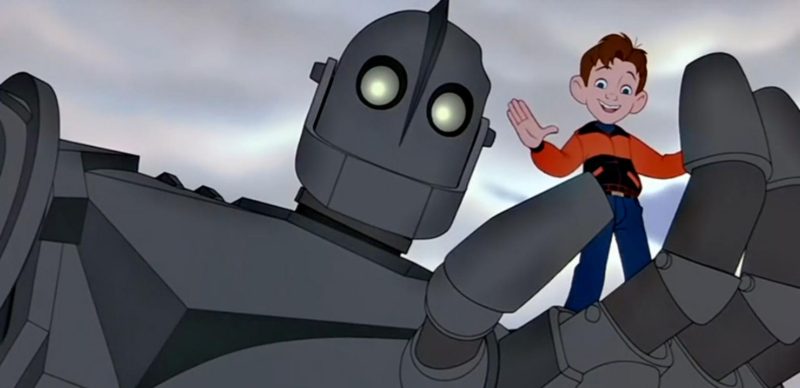
Today, as I watched The Iron Giant for what is probably my 20th time, I tearfully smiled as, in the final scene, The Giant blasted off into space, sacrificing himself to save Rockwell from a nuclear missile by meeting it head-on. As he approached the rocket, he hears Hogarth whispering in his head, “You are who you choose to be! You choose…” and then he whispers to himself, “Suuuuupermannnnn…”.
The Iron Giant, the Metal Man from Outer Space, the machine sent to Earth for an unknown purpose, but armed to the teeth with killer space weaponry, had made his choice. He made this choice not to be a gun, not to be the bad guy.
He was Superman. He had chosen to be the hero.
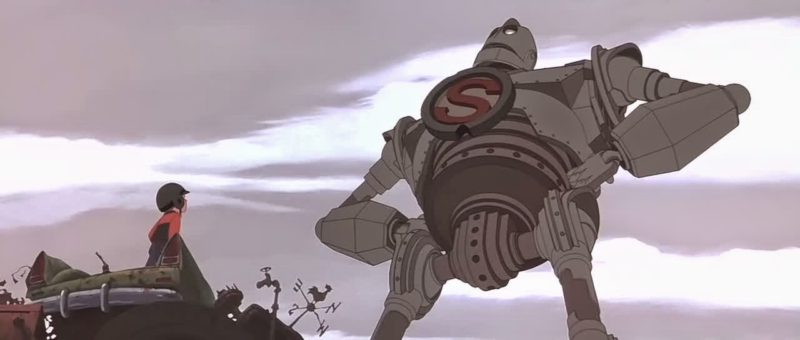
But to say that the Giant’s decision alone was enough to overcome his innate drive to be a “gun”, would be incorrect. Hogarth put himself in harm’s way to tell the Giant to stop. Hogarth’s words to the enraged, weaponized Giant felt particularly poignant in the wake of this past weekend’s shootings in El Paso, Dayton, and Chicago:
“It’s bad to kill. Guns kill. And you don’t have to be a gun. You are what you choose to be. You choose…”
Because that choice lies within us. It lies within our very souls. There is a scene in the film as the Giant and Hogarth discuss death after they witness a deer being killed by hunters. Hogarth explains to the Giant that all good things have a soul and “that when we die, our soul goes on forever and ever.” That soul, that thing within us, is what gives us the power to choose to be good.
If movies can have souls, then The Iron Giant has one of the kindest, gentlest and most loving souls out there. And “souls don’t die.” And neither will The Iron Giant.
So what is The Iron Giant’s legacy, 20 years after release? Ultimately, The Iron Giant is a story about love and friendship. It’s a story about the connection that anyone can have with someone seemingly from another world and how that connection can help others become something better than what they were before. It’s that same love and friendship that turns the Giant from a killing machine hellbent on destroying anything in his path, back into the friendly Giant willing to sacrifice himself for the very humans he was about to destroy.
I hope that we can all learn how to be better and help others to be better as well. Because it is you that chooses who you will be, and that’s a message that both kids and adults could do well to learn.

